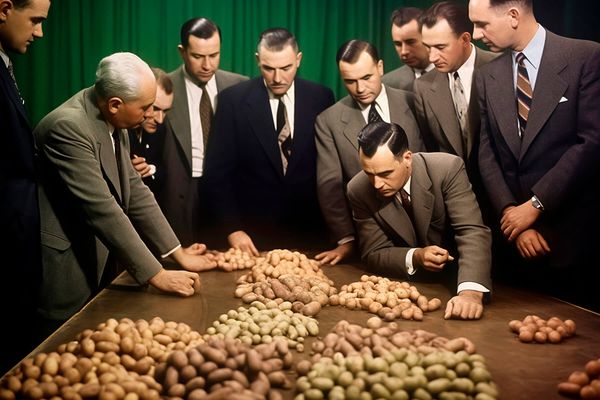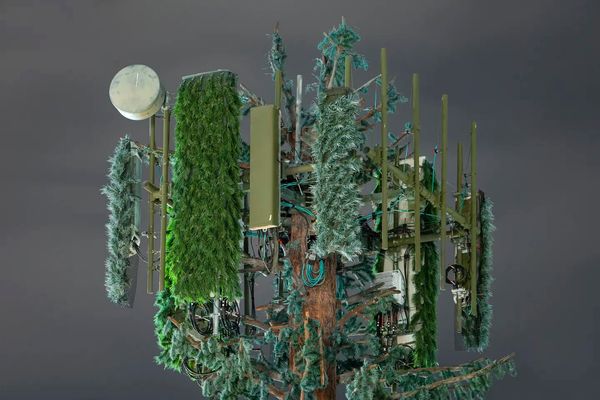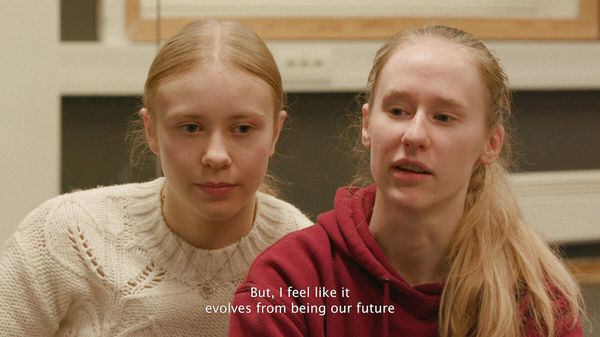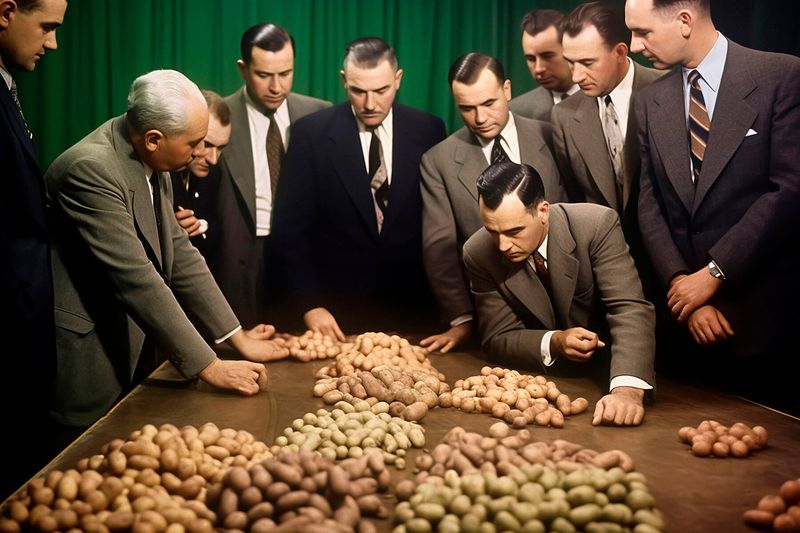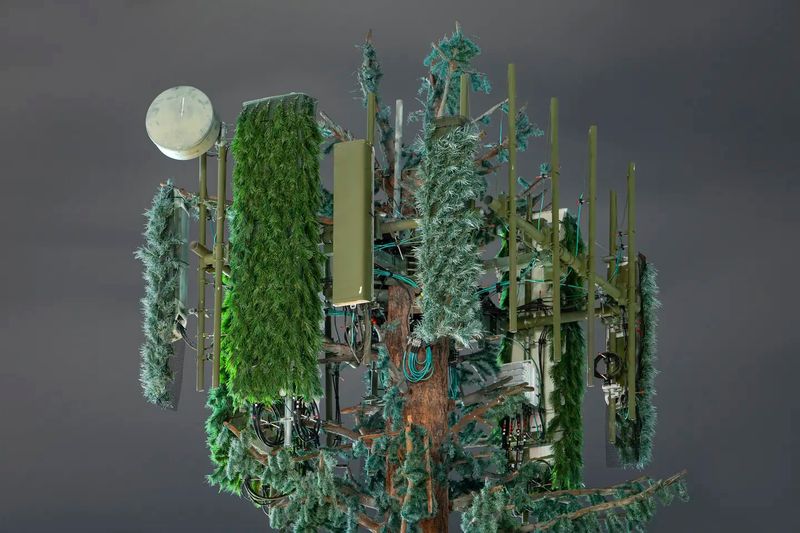Preus Museum Open Call 2025
-
Opens13 Feb 2025
-
Deadline30 Apr 2025
-
Link
-
Entry fee€ 10
- Topics Awards
The winning submission will receive a cash prize of NOK 20,000, a place in the collection of Preus Museum, and an exhibition at the Oslo Negativ Photo Festival 2025.
Overview
There are many ways to approach the subject in photography. Proximity and distance are tools that can be used to conceptualize, document, and make the world more beautiful. A photograph, is in itself a fragment of reality, but it can nonetheless represent a larger whole. Moving closer towards something in photography is about more than just physical distance; it can also serve as an entry point into another dimension of understanding.
When we move closer to our subject matter, we invite ourselves to see it in its most intimate and raw form, free from distractions and external contexts. Getting closer therefore provides a different perspective than observing something from a distance. If we get close enough, the entire subject may even dissolve. In macro photography or close-ups of people, we do just see things as they are but also how they can be something more. A wrinkle on an elderly person's face, the fibres of a leaf, or the texture of a stone – all these details are transformed from the mundane to the sublime. Susan Sontag wrote in On Photography that the camera can both distance us from reality and bring us closer to it. By moving closer, a paradoxical effect emerges; we pull away from the bigger picture, but simultaneously dive deeper into the essence of what is in front of us.
Getting close to something also has an emotional aspect, a willingness to put one's empathy into play to better understand the world. Proximity invites a connection between the photograph and the viewer, potentially reducing the distance between people, events, and perceptions. However, getting close also brings the risk of confronting the uncomfortable or the unknown. Additionally, it can mean crossing boundaries and invading the private sphere—without an invitation to do so. Through the theme Closer, Oslo Negativ Photo Festival in 2025 seeks to explore the contradictions and possibilities that come with moving closer.
This year's Preus Museum Open Call and Oslo Negativ Photo Festival share the theme Closer.
Practical Info
The call is open to all artists, professional or amateur, national, or international. Artists may participate on an individual basis or as a collective. Applicants must submit their best photographs that express the theme Closer. Preus Museum looks for strong projects with a visual quality. Photographers can upload single images or a project, and need to describe how their work relates to the theme.
The winning submission will receive a cash prize of NOK 20,000 and a place in the collection of Preus Museum. The winner will be exhibited at the Oslo Negativ Photo Festival 2025, where Preus Museum covers the production costs and travel expenses to the exhibition (with a price cap). Preus Museum will curate the exhibition in dialogue with the winner.
The selection committee includes Tina Holth-Jacobsson, Ove Kvavik, Andrea Gjestvang, Pål Otnes, Pål Henrik Ekern, and Anna Tellgren.
About Preus Museum
Preus Museum is the national museum of photography in Norway and is a part of the board for Oslo Negativ Photo Festival which is Norway’s largest meeting point for people interested in photography. The museum and the festival aim to be inclusive and open to everyone. The organization of the festival is an active effort for Preus Museum to take a coordinating role within the photography field and the documentary environment in Norway. Showcasing photography in all its forms, and contributing to an arena where national and international artists and actors can come together in a concerted effort, is particularly important for the development of the museum. The Oslo Negativ Photo Festival takes place three weekends in October, from 11-26 October 2025.
